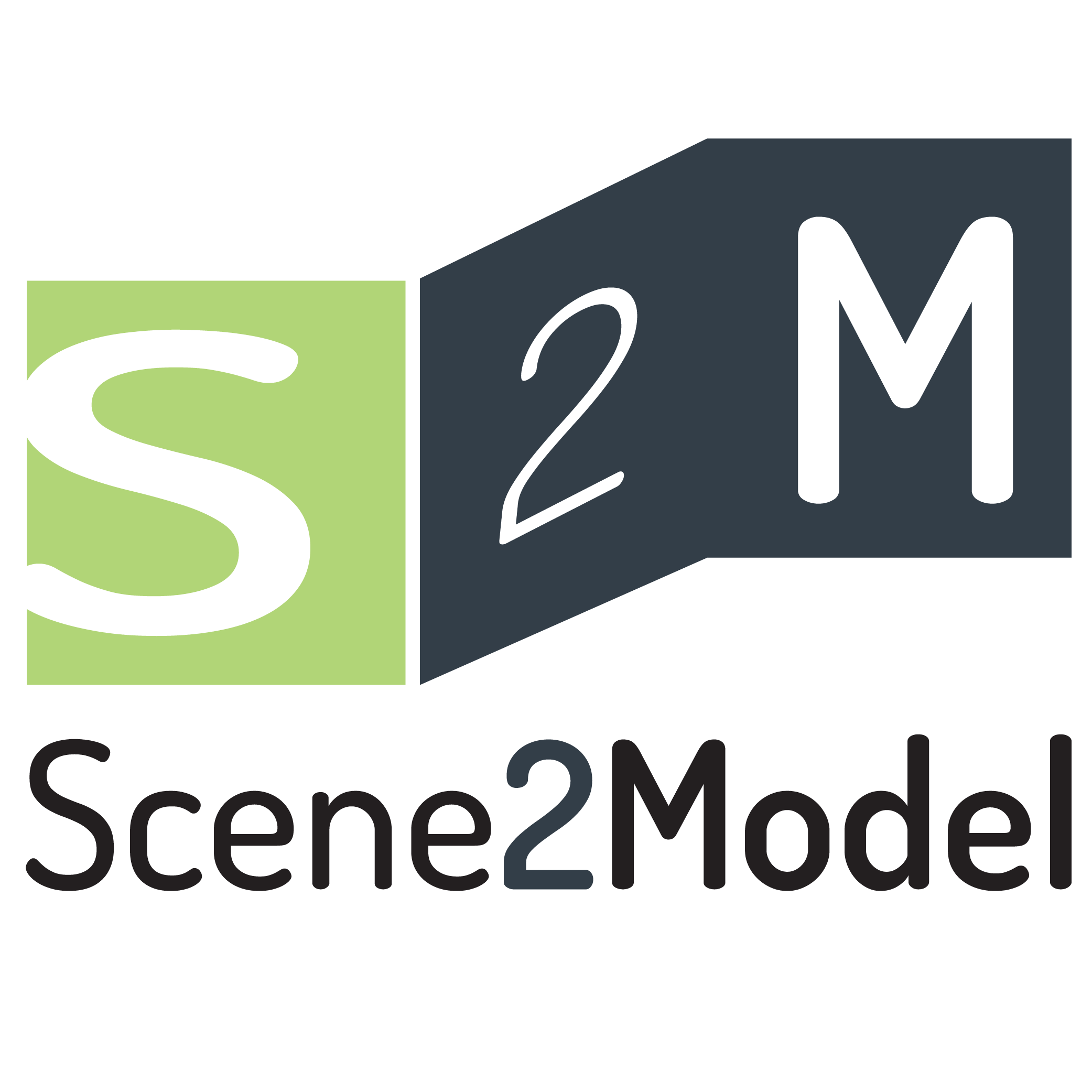
The emergence of disruptive business ecosystems, which are supported by complex value-creating processes, software products, and digital services, poses a significant challenge in managing change across multi-disciplinary teams and leading innovation initiatives at a global level. Design thinking is introduced as an instrument to tackle this complex task, as it applies designer problem-solving techniques for agile, ideation, prototyping, and testing in innovative processes through co-creation among stakeholders.
The goal is to generate ideas by using different design thinking methods, based on tangible visualization of certain aspects of the problem within a developed solution space, where collaboration plays a central role. Design thinking enables early exploration and validation of design(s) of new services, smart products, and disruptive business models, but it restricts to location and temporal availability of stakeholders. Absent stakeholders must be informed afterward, which is often not directly supported by the design thinking methods applied.
This hands-on tutorial, based on a use case from the

, allows, through the Scene2Model software tool, the creation of the digital twin of the design thinking artifacts to be shared among globally distributed networks and stakeholders, and maximize the efforts of collective intelligence and innovation-led mindset of the digital age.
In this context, the digital twins are digital conceptual models that can be further processed, decomposed, and enriched with domain knowledge to be integrated with business assets already available. The interplay of conceptual modelling and design thinking establishes a connection between unrestrained design artifacts and more formal abstractions, hence facilitating digital agility.
Tutorial Structure
- Theoretical Foundations: Design Thinking in the Digital Age
- Practical session: Digital Twins in Design Thinking
Tutorial Organizers
Wilfrid Utz received his PhD from the University of Vienna, Research Group Knowledge Engineering in the field of metamodel design and conceptual structures. He has been involved in international research and innovation projects and gained experience in the field of modeling method conceptualization, meta-model design, and implementation of modeling tools using ADOxx in various application domains. His research and professional interest relate to knowledge representation using metamodeling concepts and platforms.
Iulia Vaidian received her master’s degree at the Vienna University of Economics and Business in Supply Chain Management and gained experience in design thinking, business process management, and conceptual modelling concepts and technologies in her responsibilities as part of the Research Group Knowledge Engineering from the University of Vienna and the OMiLAB team. She is responsible for the organization of the NEMO Summer School Series, has been involved in various EU-funded projects, and coordinates the OMiLAB Community of Practice.
Acknowledgment: This work has been supported by the FAIRWork Project and has been funded within the European Commission’s Horizon Europe Programme under contract number 101049499. This content presented expresses the opinions of the presenters and not necessarily those of the European Commission. The European Commission is not liable for any use that may be made of the information contained in this paper.


 , allows, through the Scene2Model software tool, the creation of the digital twin of the design thinking artifacts to be shared among globally distributed networks and stakeholders, and maximize the efforts of collective intelligence and innovation-led mindset of the digital age.
, allows, through the Scene2Model software tool, the creation of the digital twin of the design thinking artifacts to be shared among globally distributed networks and stakeholders, and maximize the efforts of collective intelligence and innovation-led mindset of the digital age.